title: Portfolio Development
Overview
Potential Career Options
Games Programmer
A games programmer creates the majority of the gameplay within a game. This can range from simple things like throwing a grenade, aiming a gun and firing it, or a fully functional wall running system. A game cannot function without a games programmer. This creates a permanent demand for them.
Someone in this role will need to have proficiency in some popular games engine like Unreal Engine, Unity or Godot, have the knowledge on how to work with a proprietary engine should it be relevant, as well as how to write code in popular scripting languages such as C++, C#, and Lua.
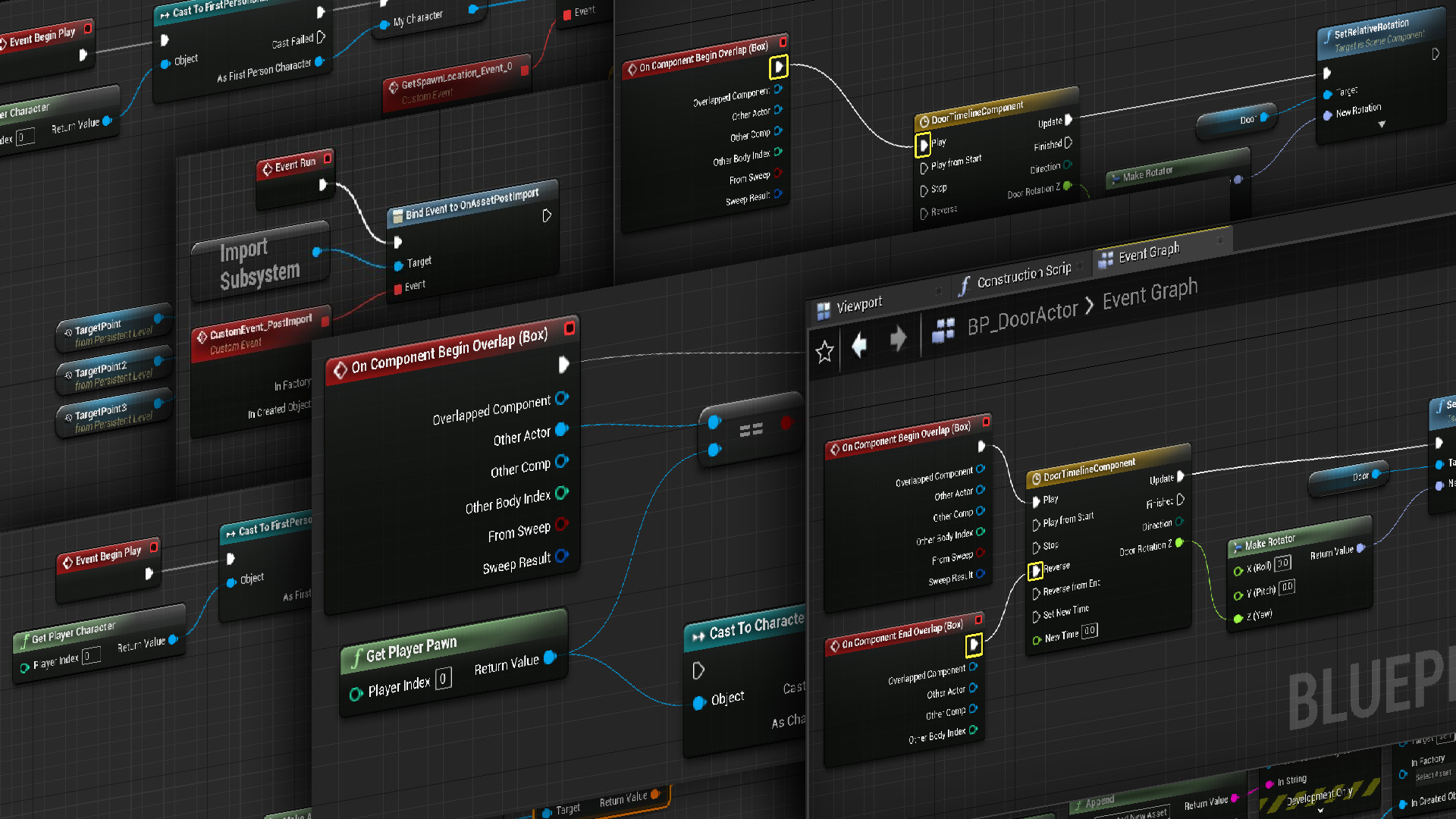
Examples
Titanfall 2 - Movement
The movement in Titanfall 2 goes down as one of the best movement shooter games ever created. The wall running feels long enough to where you feel confident enough to make risky plays, but short enough to where you still have some danger to it; that paired with the environment moving around you, enemies firing at you, and not trying to die to the void below you creates for a perfectly chaotic gameplay.
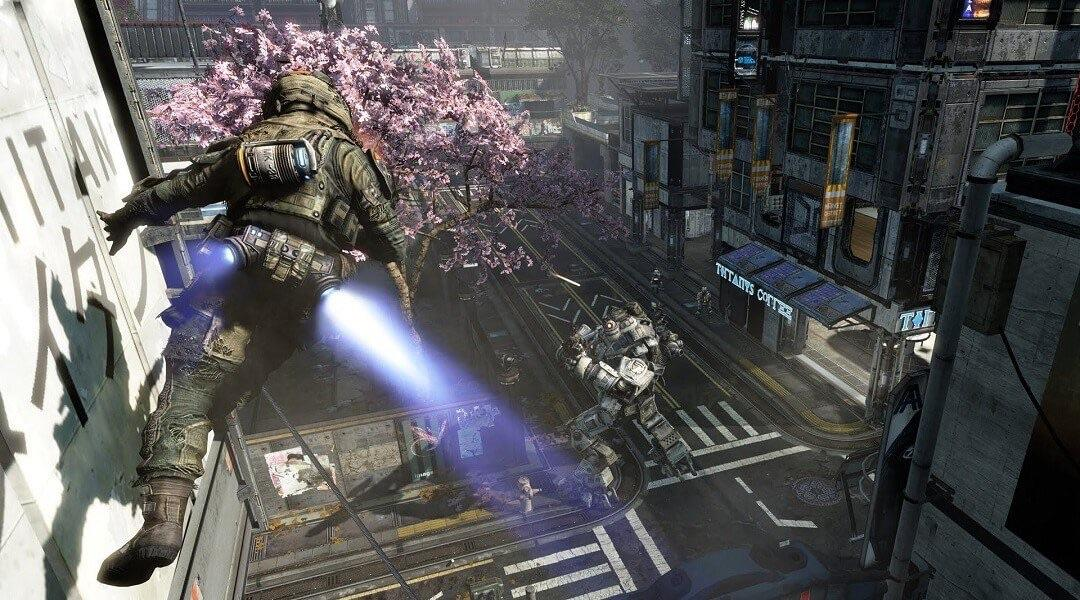
Some potential problems with this system from both a gameplay and level aspect would be players using the wall running to sequence break and access areas of the level they shouldn’t be able to at that point, which if the games programmer hasn’t added protection for can create a potential ‘issue’ depending how you view breaking sequence.
A way I could see to fix a sequence break would be to add an invisible wall, a death box, or something to softlock the player for trying to break sequence, such as a check to see if they’ve triggered various triggers whether its a cutscene, an animation or a line of dialogue set to trigger at a specific time/area.
Ghostrunner - Abilities and Movement
In Ghostrunner, you play as a Ghostrunner, a technically advanced superhuman who’s primary objective is to climb Dharma Tower and defeat the Keymaster. You must navigate the tower which is split by floors similar to a class system, the lower you go, the worse the conditions are and the less complex the architecture is.
The ability system in Ghostrunner uses a tetramino style puzzle where you can have as many skills as you can fit into the grid.
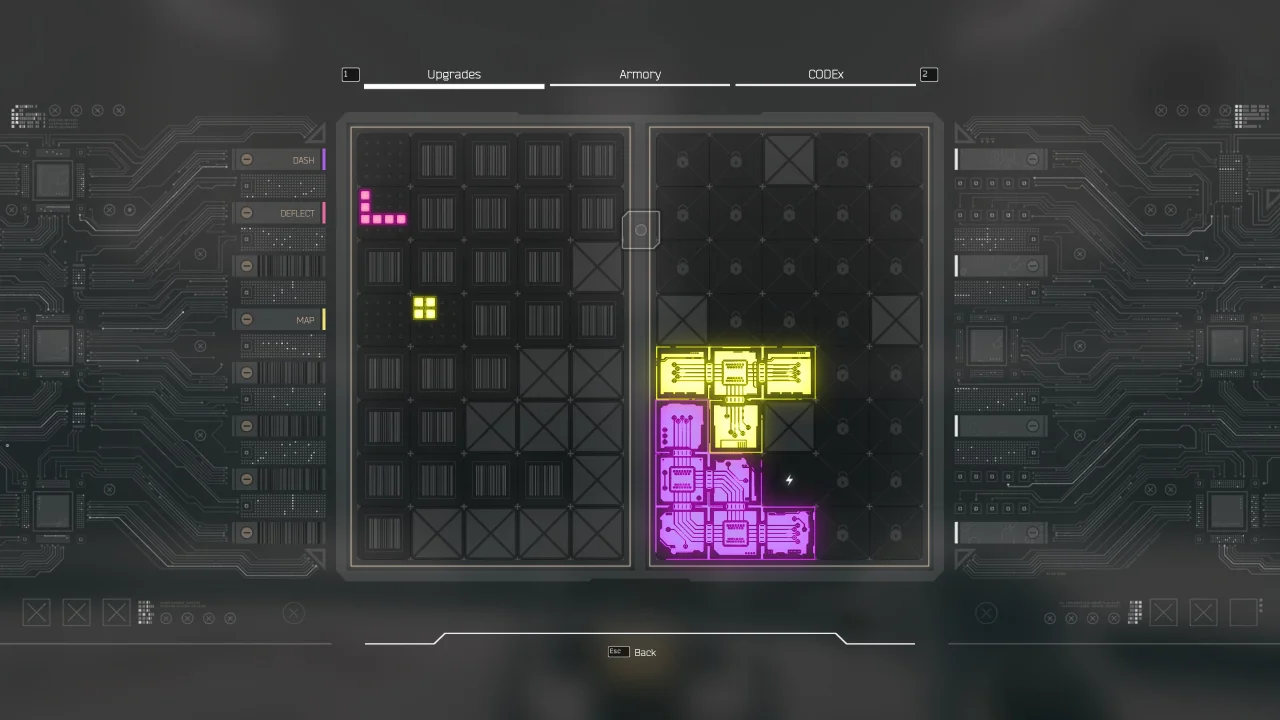
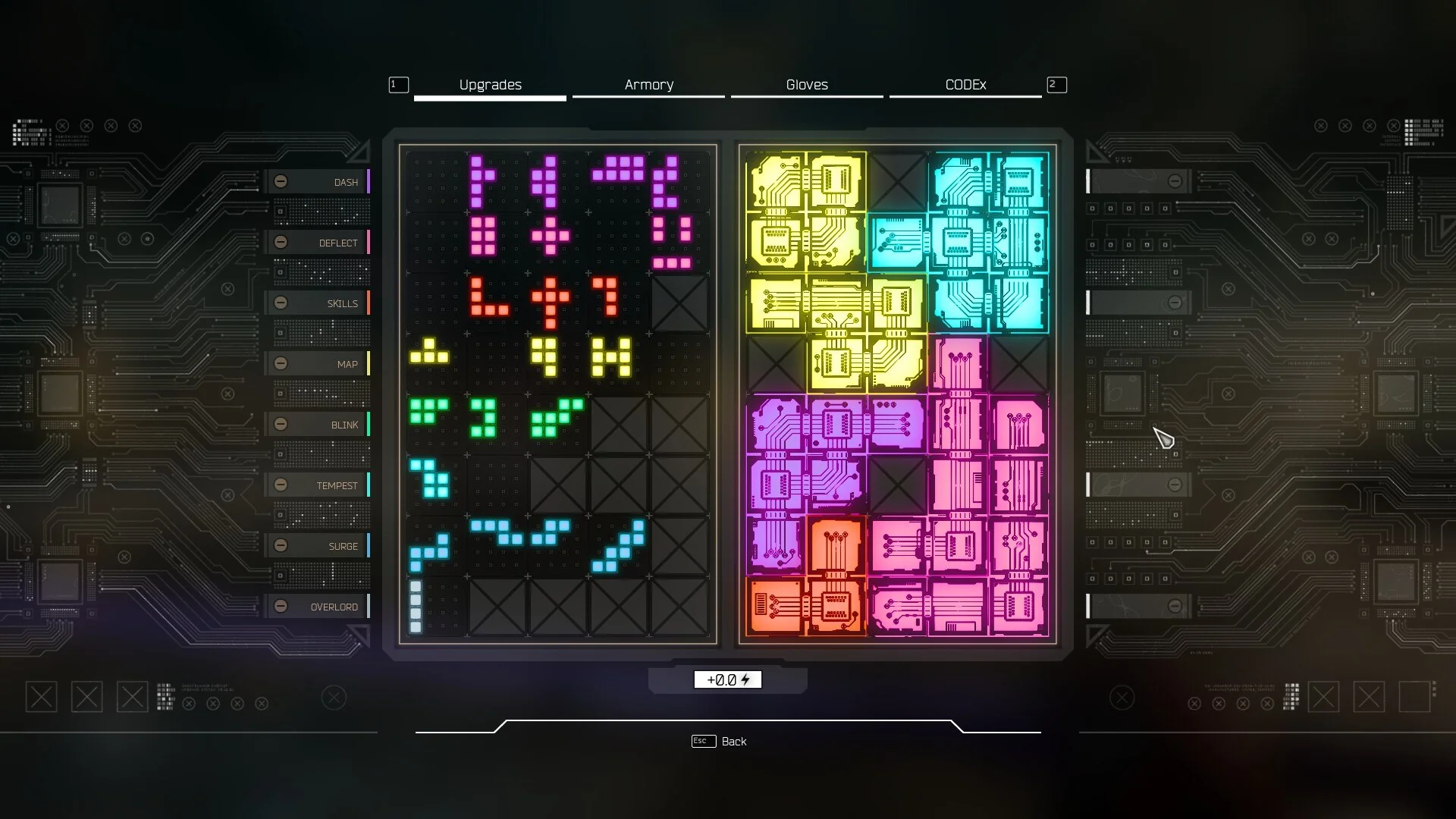
This system leaves a lot up to the player to change how they like to play. For example, some players might really like the Dash ability, so they will put more pieces related to the Dash ability into the grid opposed to someone who really likes the Blink ability.
A problem I could imagine the developers having is a balancing issue, where you have to make every ability scaled to where no one ability has a clear advantage and overshadows every other one. One way to fix this is to make some abilities worse by default intentionally and offer a very good upgrade to make it more attractive to use.
Environment Artist
An environment artist is someone who must aim to create a world navigable by the player and a logical and cohesive manner. This ranges from the sky, the ground, and everything in-between. An environment artist typically uses concept art provided by a concept artist to create these areas, usually expanding and breathing more life into it compared to the concepts.
A good environment artist can highlight important things in the environment without directly telling the player directly that the area in front of them is dangerous and you’ll probably die; instead, they do it through the surrounding, using muted colours to portray a sense of danger. They can also do the opposite, and have a brightly lit area which signals to the player that it’s safe and they should probably go there. Alternatively, they can use the environment to tell a story.
Examples
No Man’s Sky
No Man’s Sky is a game where you play as a space explorer who must navigate to the centre of the galaxy. Because of how many planets you can visit on your way, No Man’s Sky is an environment artists best dream and worst nightmare. No Man’s Sky has one of the largest game worlds available ever due to it using procedural generation to create vast worlds for players to explore. This means that very rarely will two players ever see an identical planet unless they intentionally visit another player.
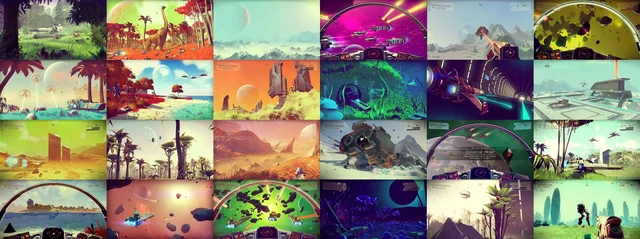
An environment artist can have effectively full creative freedom to create whatever worlds they so please, but at the same time, they have to keep churning out planet styles and biomes, which can very quickly lead to burnout and a creative block if not handled properly.
Subnautica
Subnautica is a game where you crash on an alien planet covered in water. You must explore the depths and scavenge for materials to create a rocket to go home. This game does not use procedural generation like No Man’s Sky; instead, every piece of foliage is hand placed by an environment artist.

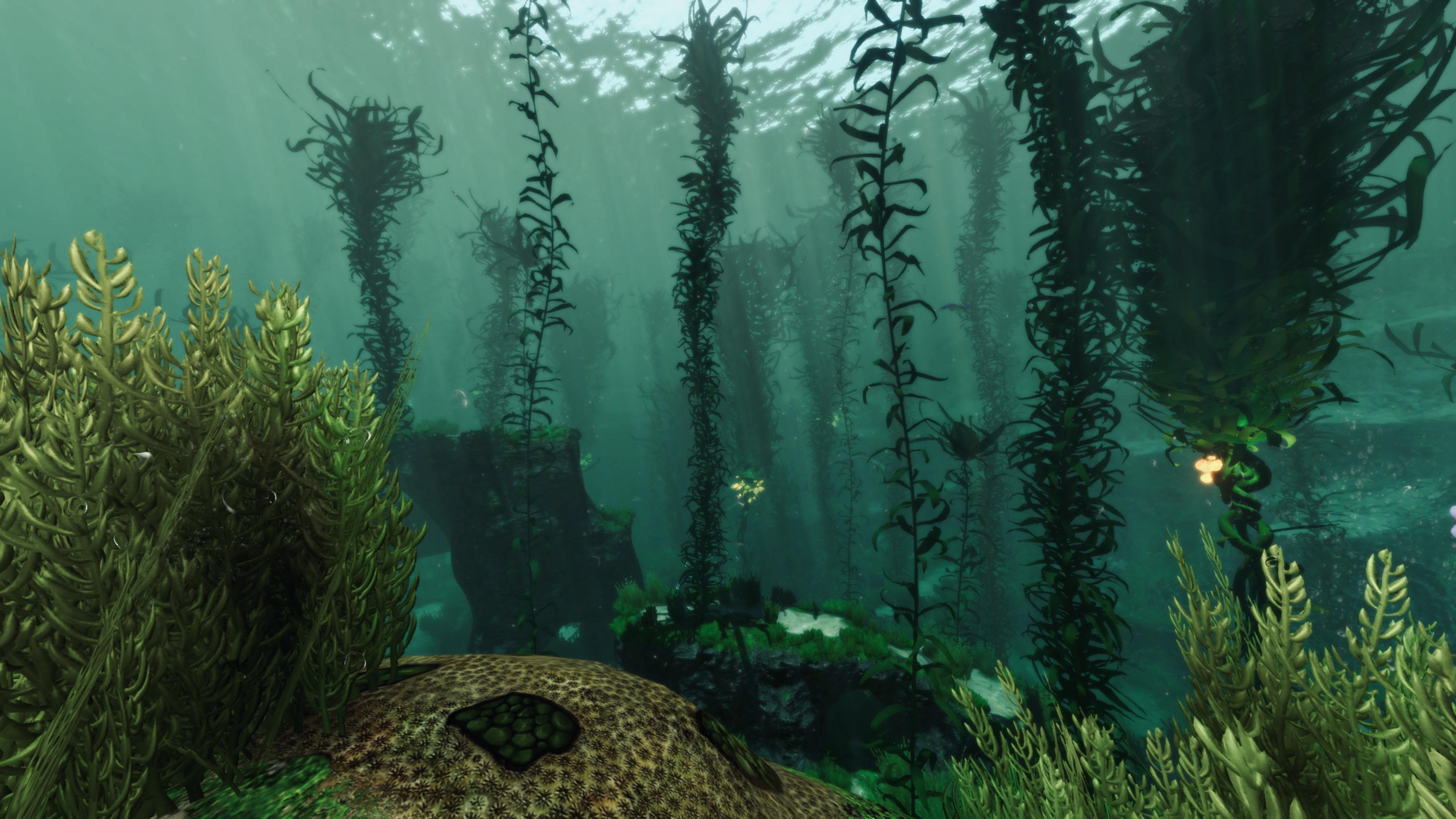
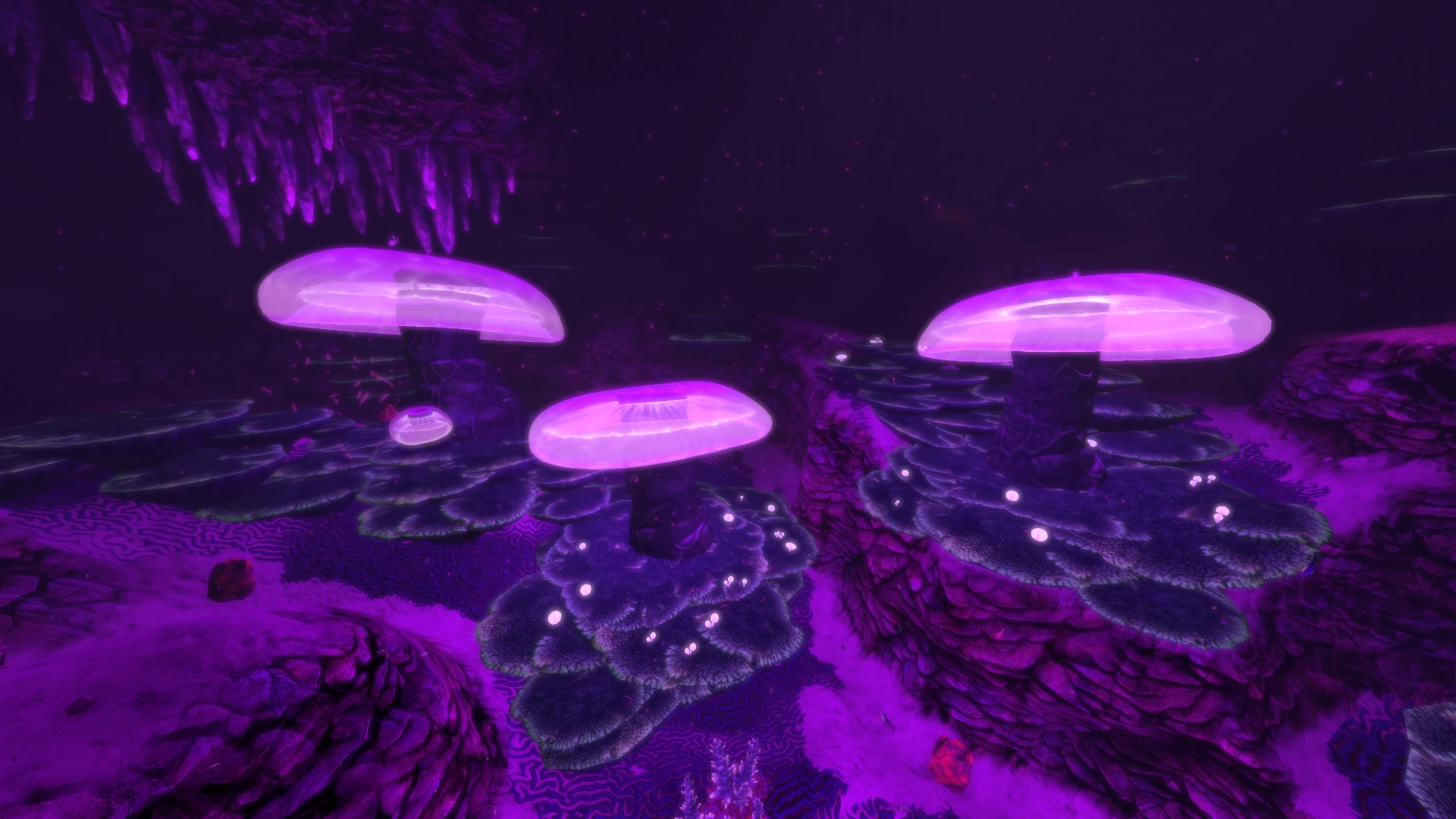
Subnautica is a game that perfectly captures the beauty of the underwater while also capturing the aspect of the unknown. As you navigate further down, the environment gets darker and darker, creating a more sinister tone and mood compared to the bright and vibrant environment higher up. The environment is scaled to be very large compared to the player instead of very small, creating a sense of something larger than you that you are unaware of. The environment also has a heavy usage of fog which helps with this presence of the unknown.
Visual Effect Artist
A visual effect artist creates any moving effects in the game that are typically purely cosmetic. A VFX artist must be able to envision how an effect should look like, create any necessary models in Blender, and know how to implement it into an engine. VFX artists work with almost every person involved in a game. They must work with the game programmers to help create a visually appealing aspect to accompany their programming. They also work with environment artists to add moving elements to the game to create atmosphere and immersion, such as a dust or sand effect in a desert, or fog in a dimly lit street.
Visual effect artists must have good knowledge in software such as Substance Designer, Photoshop, Blender and a game engine like Unreal. They should also have good knowledge of mathematics.
Examples
Cat Mushroom Cloud - trommel.bsky.social
This effect uses a mix of different smaller touches to create one large effect. From this, I can notice the circles around the impact point prior to impact indicating the location, followed by a quick white glint and some impact framing to help show how powerful the nuke was. This is then followed up by 3 or 4 omnidirectional blasts in different direction to indicate the wind, heat, damage and various extra details, accompanied by more flat circular blasts rising up to indicate air blasting away with the core piece, the mushroom cloud of a cat rising up and fading, leaving a black scorch mark on the floor.
Link
Elemental Beam - lobsterwizard.bsky.social
This effect uses a mix of particles homing onto a specific location as a buildup and a small wind spiral underneath, followed by a lot of impact frames and camera shake, creating the image of lethality and power before the bright solid beam surrounded by ribbons and panning textures has even come into frame. The enemy has an effect similar to a meteor coming into orbit around it which creates the illusion of massive damage onto it before slowly fading out.
Link
Various Fortnite - tuatara.bsky.social
Tuatara is a company that creates VFX for games like Valorant, Fortnite, Godfall and Hyper Light Breaker. In this video, they showcase various effects, such as the charge up and futuristic style particles of this Fortnite skin changing to equip a helmet and some armour, the goo materials on this pickaxe and back bling, as well as a very nice looking contrail using a blue to purple gradient ribbon.
Link
Software to Learn
Game Engines
Unreal (C++, Blueprints/Visual Scripting)
Unreal Engine is one of the engines for multiple fields such as filmmaking, architecture, and games development. It is seen as a very professional industry standard engine and is used by a lot of game studios and film studios to create their works. Unreal features two primary ways to create things in it, those being C++ and their visual scripting language, Blueprints.
Blueprints are used primarily for an introduction to Unreal, and is a very good starting point for people who know little to nothing about programming. Blueprints are also the default for any VFX, Material and Niagara systems. They aren’t as powerful or as performant as writing raw C++ code, but it’s a whole lot easier to create prototypes and quick concepts in. Unreal also has a very intuitive level designer which can create very beautiful maps with it’s landscaping mode, foliage painter, and it’s post processing volumes. Unreal also has a marketplace which can be used to gather asset packs which can speed up development even more.
Unity (C#)
Godot (GDScript, C++)
GameMaker (Visual Scripting)
Löve (Lua)
3D Modelling
Blender
Maya
3DS Max
Zbrush
Substance Painter
Gaea
Visual Effects
Substance Designer
Photoshop
Professional Portfolios
Profession Independent Sites
Artstation
LinkedIn
Bluesky
X
Games Programming
Itch.io
GitHub (if using standalone graphics / games library like raylib or pygame to make game)
Visual Effects
Realtime VFX
Career Advice from Professionals
I asked around the few people that I know that work in the games industry, and asked them all the following:
What’s 3 things you would say to someone who’s just starting out that you wish you knew when you started?
Kyle McNally - Games Programmer
- Don’t let perfection be what kills progress. You will find times when you want to tweak and tweak something to get it just right, and it will burn you out. Move on, change tactics, and revisit it later with fresh eyes.
- Let Feedback dictate the details, but not your direction. I would say a great example of this is Death Stranding. A game with time stealing acid rain, floating ghost babies, and your job is to carry packages by hand across a post apocalyptic America? Sounds so outrageous, plays so great.
- Tropes are tropes for a reason. Genres are genres for a reason. Follow your own imagination, but take inspiration from everything and don’t feel discouraged if what you come up with feels too similar to something else.
Kyle has one game available online, Knight Runner which was made in Unity in late 2020, early 2021.

Cuauhtemoc Moreno - Creative Developer and Interaction Designer
Asked for advice, waiting on message back
Cuauhtemoc has created numerous works, such as Sound Scouts, a hearing test mixed with gameplay aimed for young children, Amberial Dreams, a sandbox arcade platformer, as well as projects for game jams as well as fully realised games. A full list of their work can be seen on their portfolio, oddgoo.com
Task 2 - Self Assessment and Proposal
Todo
- Include a self assessment and breakdown goals and skills
Task 3 - Target Setting
Todo
- Create SMART targets
- Targets can include recreating game mechanics, making original mechanics, or competing in game jams.
- Only document own progression in tasks, not others
Task 4 - Action Planning
Todo
- Create action plan based on SMART target, breaking down the target even further to smaller goals to guide progression
Task 5 - Promotion
Todo
- Create a portfolio site
- Using HTML/CSS instead of a website builder
- Add an image gallery to the top (urgent)
- Promote work created from Task 4 by adding them to the site, as well as promoting on social media, such as X/Twitter, Bluesky and LinkedIn
Task 6 - Reflection
Todo
- Reflect on the tasks undertaken, and come to a conclusion on what you want your career to be basically.
- Do in last few days of assignment for proper reflection.
Backup
Task 1 - Preparation
Todo
- Find career roles including requirements to get the role
- Resources to aid career
- Find a few portfolios and dissect them into positive/negative parts of the site in terms of layout, presentation and relevance of content to job.
- Research methods for continual personal development
- Find advice from professionals about career and interviews
- Research areas specific to games programming
What careers are available in the Games Industry?
There are a number of careers and roles available in the industry, each suiting a different skillset.
Environment Artist
Environment artists play a large part in the creation of the game. They create levels and landscapes for players to run around in. Without a level, there’s no game.
They usually start with 2D art created by a concept artist or level designer, and turn it into a 2D/3D environment, populated with props and models created by themselves, their team, or other 3D artists. They work closely with level designers to work out what needs to be included in the level, ensuring they make the final cut. Environment artists and level designers often have a crossover in roles, however the level designers design the level whereas environment artists create the level.
Environment Artists are recommended to have knowledge of the following software:
- Maya
- Zbrush
- 3dsMax
- Blender
- Adobe Substance Painter
- World Machine / Gaea
- Unreal Engine / Unity / Godot (or any other real-time engines)
Level Designer
Level designers must understand what create goods gameplay and what creates bad gameplay. They must design the levels for the game by taking any specifications of how gameplay in the game works from the gameplay designer, then create levels to allow that gameplay to excel. If they design a level around a mechanic, but the level is not good, it could also make the mechanic look bad.
Level designers have to be good at imagining how the game can play out and the levels can compliment the gameplay. They need to be good at being creative with new challenges and missions, as well as new mechanics to recommend to the gameplay designers.
Level designers are recommended to have knowledge of the following:
- Graphical softwares
- Photoshop
- After Effects
- Illustrator
- 2D/3D animation software
- Blender
- Maya
- 3DS Max
- Houdini
- Aseprite
- Game engines
- Unreal
- Unity
- Godot
- Programming languages
- C#
- C++
- C
- GDScript
Gameplay Programmer
Gameplay programmers are the backbone of the game; without programmers, the game wouldn’t exist. These programmers write all of the backend code which isn’t visible to the end user, but helps shape what they see. Often, they create the various game mechanics (movement, shooting, AI, etc) as well as any interactions the player has with a non-player in game.
Gameplay programmers work together with level designers to bring the gameplay to life, as well as the lead producers to actually figure out what needs to happen, or what needs to change if the idea isn’t viable.
Gameplay programmers are recommended to have knowledge of the following:
- Game Engines
- Unreal
- Unity
- Godot
- Programming languages
- C++
- C#
- Python
- Lua
References
| Site Name | Link(s) | Used for |
|---|---|---|
| ScreenSkills | https://www.screenskills.com/job-profiles/browse/games/art/environment-artist-games/ | Environment Artist |
| ScreenSkills | https://www.screenskills.com/job-profiles/browse/games/design/level-designer/ | Level Designer |
| ScreenSkills | https://www.screenskills.com/job-profiles/browse/games/programming/gameplay-programmer/ | Gameplay Programmer |